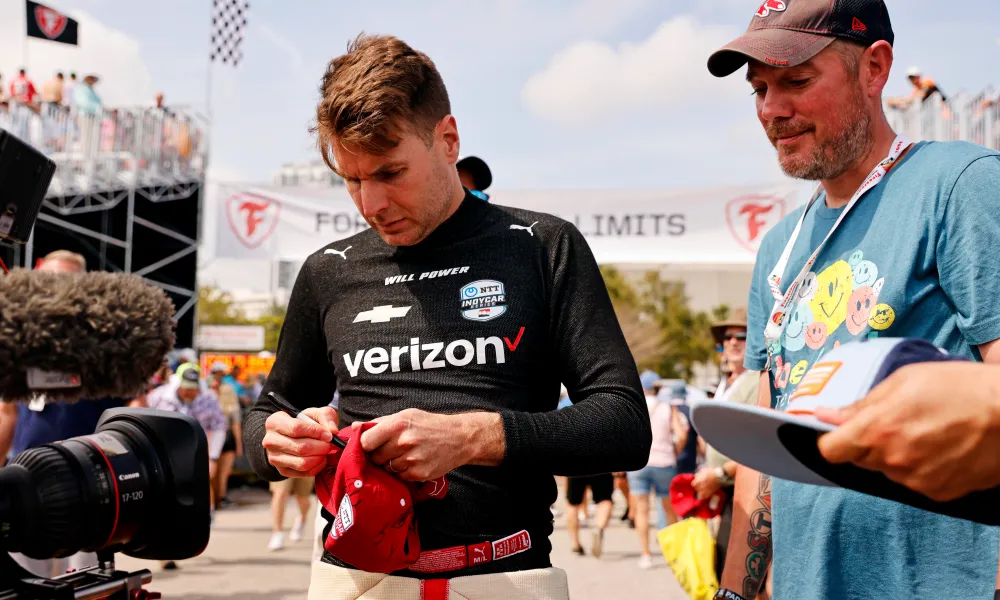Ever wondered how your favorite team manages to make split-second decisions during a race? Or how they tweak their car’s performance every millisecond? The answer lies in a word you’ve probably heard thrown around but might not fully understand: telemetry.
What is telemetry in F1?
Telemetry is the real-time data transfer from the racing car to the engineering team.
Let’s break it down with a simple analogy. Imagine driving your car with a hyper-intelligent co-pilot. This co-pilot doesn’t just help with navigation but also constantly tells you how your engine’s performing, how much pressure is in your tires, and even if your left foot is a tad too heavy on the brake pedal. In F1, telemetry plays the role of that super co-pilot.

Why does it matter? It gives teams immediate insights into the car’s performance, the driver’s behavior, and other crucial aspects, allowing them to make lightning-fast decisions in a sport where every millisecond counts.
What are teams monitoring?
You can monitor every single thing on a car now. If a car part does something, you can track it with data and fine-tune its performance.
Here’s a quick rundown of the basics:
- Car speed
- Individual wheel speed
- Understeer and oversteer
- Steering angle
- Acceleration
- Braking (both front and back)
- Gear choice
- Brake balance
- Engine revs
- Tire pressure (and if there’s a puncture warning)
- DRS status
- Engine mode
- Fuel level
- Time difference from the previous lap
- G-forces
- Clutch position
- Downforce
- Hydraulic and oil pressure
- Engine and transmission temperature
Why it matters: This information helps teams determine pit stop timings and strategies during a race. For instance, if the tires are still good, the driver can push harder toward the end, while his opponent might have to go easy to make sure they don’t wear out. These details also come in handy during practice and pre-season tests to ensure the car performs as expected.
How is telemetry being used in Formula 1?
Telemetry in F1 has a few key jobs:
👀 Keep an eye on the car. Sensors track everything, ensuring the car’s running smoothly. For example, if the engine gets too hot because a car’s right in front, engineers can tell the driver and increase the gap or push for an overtake.
🆘 React to problems. Notice the brakes getting too hot? At the next pit stop, engineers can check if something’s stuck. If pressure drops, they’ll quickly tell the driver what to do.
📈 Improve performance. It’s not just about avoiding problems; it’s about getting better. While a chart might not give the same feel as driving the car, it can show if it’s drifting in turns or how it’s handling bumps.
Telemetry is like having an open book on performance. Engineers can see what both team drivers are doing, right from how they take turns to when they hit the brakes. This helps them guide their driver on where they can speed up.
FIA regulations and limitations
Every car needs to have a telemetry system that lets the team receive data from the car. The system must be made by a supplier chosen by the FIA, following their specific guidelines.
This telemetry system should work on frequencies that the FIA approves.
Teams aren’t allowed to send data back to the car through telemetry. However, there are two exceptions:
👉 The car can use the FIA’s Marshalling System.
👉 Basic handshakes or connections needed for the car-to-team telemetry
How do F1 teams keep data safe?
F1 is a tech fest. Everything, from the car designs to engine performance, relies on tech. But where there’s tech, there’s the chance of cyberattacks.
These attacks range from simple phishing emails trying to steal passwords to outright sneaky spying. And if any of these attacks succeed, we could see chaos on the racetrack because everything is connected.
F1 teams are going all out to defend against these cyber threats. For instance, when hackers tried to target McLaren’s CEO with a fake email, their cybersecurity tech caught it instantly.
👨🏻💻 Some notorious cyber mishaps in F1’s past
Spygate (2007): McLaren got caught using stolen data from Ferrari. Result? A whopping $100 million fine and some big names resigning. – Read more
Hamilton’s Twitter Oops (2012): Lewis Hamilton tweeted some inside info he shouldn’t have. Jenson Button wasn’t too pleased. – Read more
Marussia’s Virus Woes (2014): An engineer’s mistake led to a major data loss. – Read more
Mercedes’s Data Drama (2015): An engineer tried making a sneaky move to Ferrari, but not without some data theft. – Read more
Honda’s Ransomware Setback (2017): A ransomware hit caused Honda to pause production, including for their F1 engines. – Read more
Renault’s Hack Attack (2017): Hackers managed to snoop around Renault’s F1 team data. – Read more
Racing Point’s Copy-Paste Problem (2020): Accusations flew about them copying Mercedes’s brake designs. – Read more
Williams’s Big Reveal Fail (2021): A cyberattack messed up their fancy car launch. – Read more
Ferrari’s Rough Patch (2022): They faced both a ransomware attack and a scam after a key partnership change. – Read more




